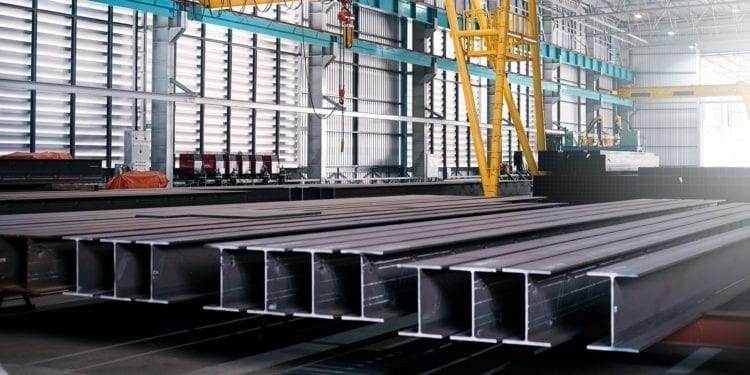Overall, we remain more positive than negative on the outlook for the base and bulk mining companies with an average upside potential of 31% to our target prices. With commodity prices running ahead of expectations, we are on average increasing near-term earnings estimates, partially offset by a forecast of stronger producer currencies on longer-term valuations.
As highlighted in the commodity overview, while we expect overall demand growth to continue for most base and bulk commodities, our commodities team expects global demand growth to peak in the near term. For the equities, this moderation in global consumption growth would typically suggest a shift to a more defensive stance in the mining equities. However, with valuation multiples remaining compressed, in our view, and with China structural supply-side reforms having a material offsetting impact to the potential slowing in demand growth rates for some industrial metals, we maintain our general positive bias towards the group under coverage. Regarding multiples, experience and quantitative analysis suggests equity valuation multiples tend to roll over before the peak of any give cycle. In this cycle, however, multiple expansion since 2016 has been less than seen in previous cycles, only just reaching the mid-point of the multiple ranges seen over the past five and 10 years. In our opinion, this suggests the marginal buyer of resource stocks, generalist investors, have remained unconvinced over the sustainability of resource demand growth and/or have seen better returns elsewhere. In our view, ongoing supply constraints globally and/or supply-side structural reforms in China, coupled with continued global consumption growth (albeit at somewhat more moderate levels vs. recent history), will translate to a ‘higher-for-longer’ pricing cycle vs. current implied equity market expectations.
Subsectors
At the subsector level, in our view investors should consider maintaining a more overweight position in the producers of commodities with constrained supply outlooks and/or relatively inelastic demand/’later cycle’ commodities, while adopting a more defensive position in the producers of commodities that have relatively greater exposure to slowing global economic growth. In our opinion, commodities with the most supply-constrained outlook, even in an environment of slowing demand growth, include cobalt, copper, aluminium and thermal coal (in the near term). We believe investors can take a relatively more overweight position in companies exposed to these commodities and in the near term, potentially risk taking exposed positions in companies that offer more operational or financial leverage. Through the cycle, we would still expect the companies with the strongest balance sheets and the best/lowest-cost projects to provide the best risk/reward returns. Conversely, in our opinion, commodities that stand to lose most if global growth slows significantly and/or have the greatest amount of supply flexibility relative to our demand outlook include iron ore, nickel and platinum. Within the producers exposed to these commodities, we recommend that investors are relatively overweight the companies with the strongest balance sheets, have operations positioned at the bottom end of the cost curve (potential beneficiaries in an inflationary environment), and have the most disciplined capital allocation strategies.
Preferred Equities
Among the individual equities, we maintain a preference for those companies with the most attractive cash generation, relative valuation, exposure to the commodities with the most attractive underlying pricing/cost outlook, and/or best positioning within their respective subsectors. To this end, our global “top picks” are (alphabetically) Alcoa, First Quantum, Glencore, Rio Tinto, Steel Dynamics, and Teck Resources.













